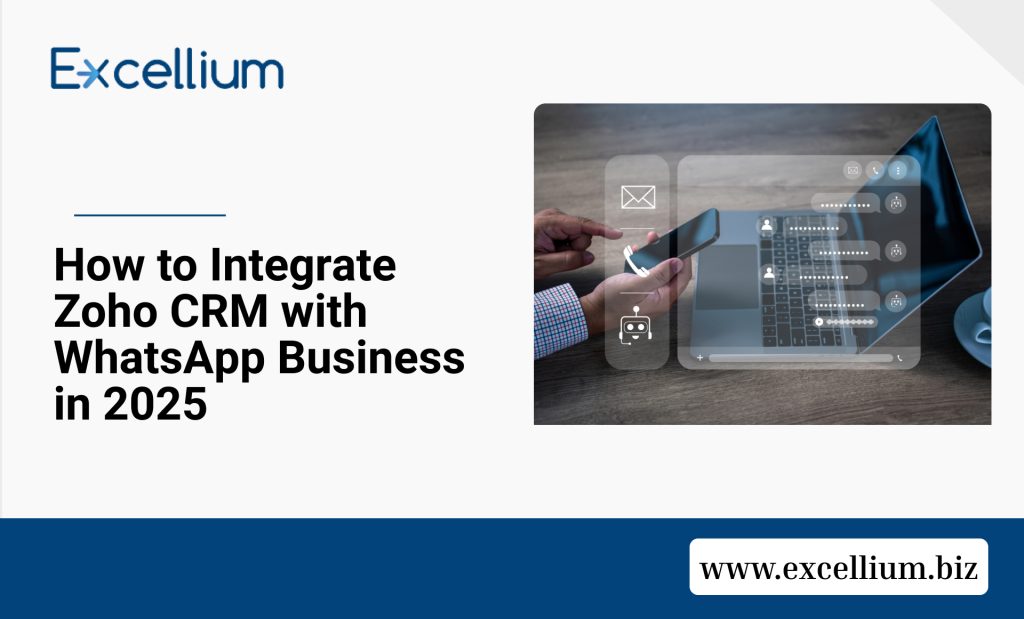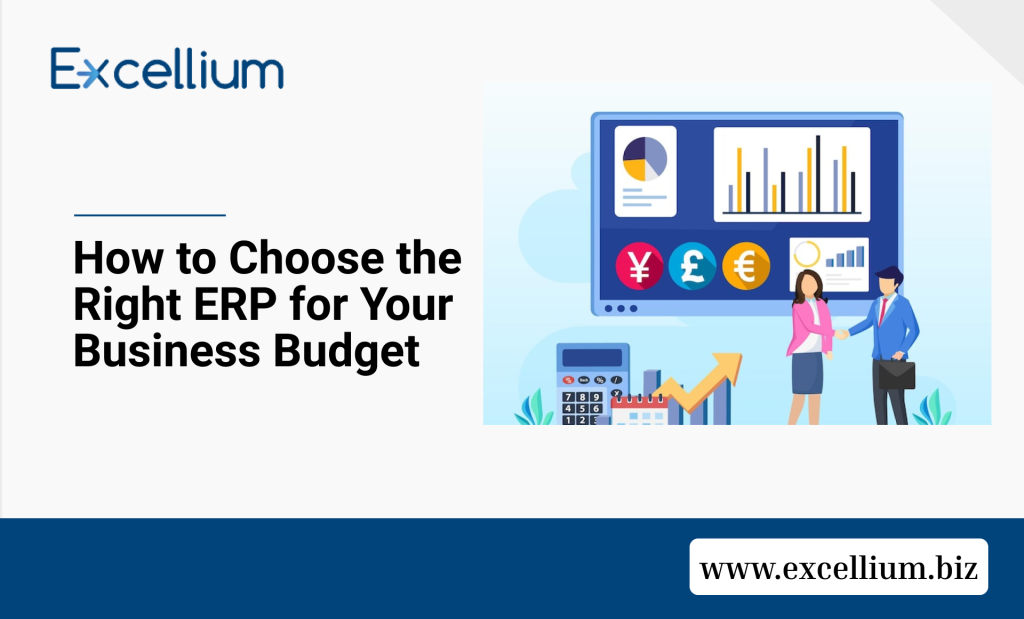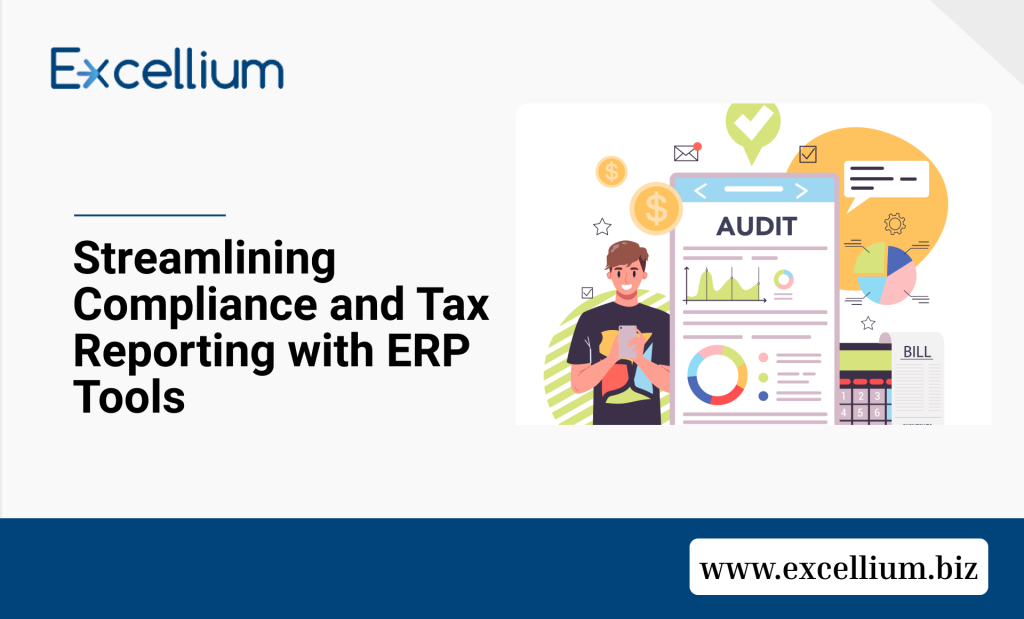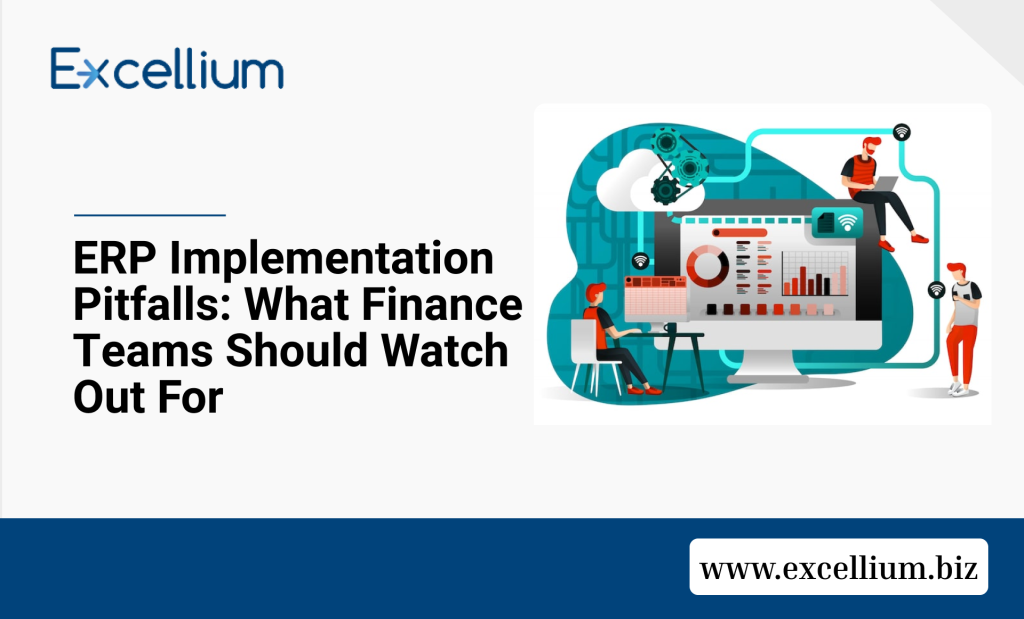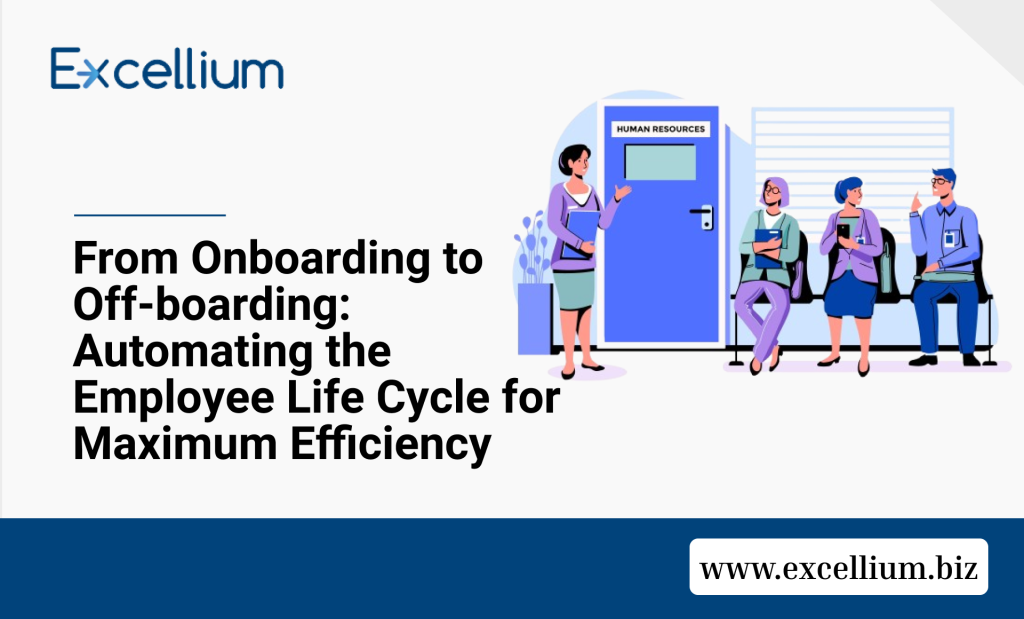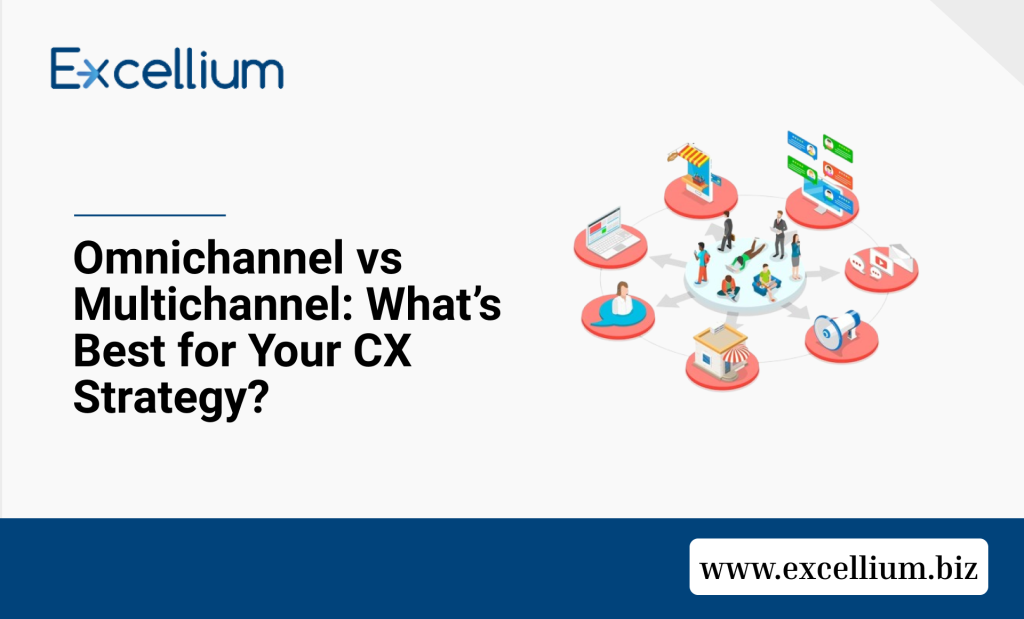Nigeria Tax Act 2025: What Every Business Owner Needs to Know
On June 26, 2025, President Bola Ahmed Tinubu signed the Nigeria Tax Act (NTA) 2025 into law—a landmark moment that signals the most ambitious tax reform Nigeria has seen in decades. While the effective date is January 1, 2026, the countdown to transformation has already begun. Whether you’re a business owner, HR manager, or CFO, this unified tax framework will reshape how you operate, file taxes, and plan for growth. But here’s the thing: this isn’t something to fear. It’s actually a streamlined, modernized system designed to simplify compliance and create a fairer tax environment. Let’s break down what’s changing and why it matters for you. The Framework: Nigeria’s Unified Tax System Imagine managing tax compliance across twelve different tax laws—conflicting provisions, overlapping regulations, confusing interpretations. That was the old Nigeria. The NTA 2025 consolidates these into one unified legislation, repealing outdated acts including the Personal Income Tax Act, Companies Income Tax Act, Value Added Tax Act, and Capital Gains Tax Act. The goal? Reduce administrative burden, eliminate nuisance taxes, and create transparency. For businesses, this means fewer headaches and clearer rules on the road ahead. The Seven Highlights You Should Know 1. Personal Income Tax: ₦800k Relief + Progressive Rates The NTA introduces the first major personal income tax reform since 2012—and it’s surprisingly balanced: Tax-free zone: Individuals earning ₦800,000 or less annually are exempt from personal income tax entirely. This provides much-needed relief for entry and junior-level professionals. Progressive tax rates: High earners face progressive rates up to 25% on the highest band. Expanded relief: Compensation for loss of office is now exempt up to ₦50 million (increased from ₦10 million), offering better protection for executives during transitions. New residency definitions: The Act clearly defines tax residents—those domiciled in Nigeria, with permanent residences, substantial economic ties, or who spend 183+ days in Nigeria. This eliminates ambiguity for companies managing international assignees. 2.Global Minimum Tax: Large Companies Pay Their Fair Share For companies, the NTA introduces three game-changing provisions: Global Minimum Tax: Companies with ₦50 billion+ annual turnover or multinational enterprises earning over €750 million globally must pay a minimum effective tax rate (ETR) of 15%. If your actual tax falls short, a top-up tax applies. This prevents profit-shifting and ensures large corporations pay their fair share. Development Levy: A unified 4% levy on assessable profits replaces multiple overlapping sector taxes (Tertiary Education Tax, IT Levy, NASENI Levy, Police Trust Fund). This reduction in nuisance taxes streamlines operations—fewer payments to track, one clear obligation. Controlled Foreign Company Rules: Nigerian parent companies can no longer indefinitely defer taxes by keeping profits in foreign subsidiaries. The NTA requires taxation of undistributed profits from controlled foreign entities, promoting transparency and compliance. 3. Value Added Tax (VAT): More Exemptions, Same Rate The VAT rate remains at 7.5%, but the Act expands zero-rated items to include: Essential foods and basic commodities Educational materials and services Electricity and water services Medical goods and healthcare services Exports (excluding oil and gas) For businesses, mandatory e-invoicing and digitalized VAT systems become non-negotiable. This isn’t just paperwork—it’s about real-time compliance and reduced audit risks. 4. Capital Gains Tax: Closing Loopholes The Act introduces an innovative anti-avoidance provision: gains from disposing of shares in non-Nigerian entities that derive substantial value from Nigerian assets are now subject to Nigerian CGT. This closes the offshore holding structure loophole and signals the government’s intent to broaden the tax base fairly. 5. Non-Residents & Foreign Investors: New Rules, New Clarity Non-residents now pay tax on Nigeria-sourced income, including digital services. Key changes: Previous broad exemptions for non-resident employees have been significantly narrowed. Digital and virtual asset gains are now taxable (reflecting our modern economy). Double Tax Agreements (DTAs) take precedence in disputes—providing investors with clarity and treaty protection. 6. Digital Assets & Virtual Services: Welcome to the Modern Economy The NTA recognizes the reality of today’s business landscape by introducing: Taxation of digital/virtual asset gains and prizes Mandatory registration for Virtual Asset Service Providers (VASPs) Tax obligations for content creators, influencers, and digital traders This modernization creates certainty for businesses operating in the digital space—no more gray areas. 7. FIRS Becomes the Nigeria Revenue Service (NRS) The Federal Inland Revenue Service (FIRS) transitions to the Nigeria Revenue Service (NRS), a more autonomous, digitally-enabled body with expanded mandate. The NRS now collects both tax and non-tax revenues, with: Advanced Rulings: Get pre-approval on specific transactions or structures, reducing disputes and uncertainty. Enhanced Enforcement Powers: Better data access and coordination across government agencies. Tax Ombudsman: An independent office to resolve taxpayer grievances outside the formal appeal system. Joint Revenue Board (JRB): A harmonizing body coordinating federal, state, and local tax administration. This is about fairness and consistency—taxpayers finally have a clearer voice and recourse. What You Need to Do Right Now Before January 1, 2026: Audit your current tax structure and payroll systems Update systems for new tax bands and e-invoicing requirements Ensure your business is digitally ready for NRS compliance Get clarity on which rules apply to your specific operations The Critical Requirement: Proper Financial Records Under the NTA 2025, maintaining comprehensive and accurate financial records is no longer optional—it’s mandatory. The NRS expects businesses to track every transaction, maintain digital audit trails, and provide real-time compliance data. Missing or poorly organized records can result in penalties, disputes, and unnecessary tax audits. This is where most businesses struggle. Manual spreadsheets and fragmented systems create gaps, inconsistencies, and compliance risks. At Excellium, our Finance & ERP solutions are built to solve this exact problem. Our software automates expense tracking, maintains real-time financial records, ensures e-invoicing compliance, and gives you complete visibility into your tax obligations across all operations. You’ll never scramble during tax season again. Critical Next Step: If you’re unsure which financial records to gather and maintain for the new tax season, check out our detailed guide: https://excellium.biz/firs-2026-tax-season-5-critical-financial-records-that-could-save-your-business-%e2%82%a6millions/ It walks you through exactly what documents you’ll need to avoid costly compliance gaps. Why This Matters for Your Bottom Line: The NTA 2025 is
Nigeria Tax Act 2025: What Every Business Owner Needs to Know Read More »



